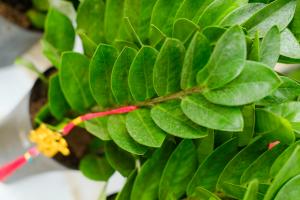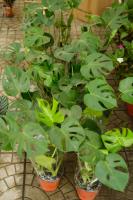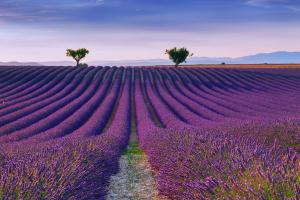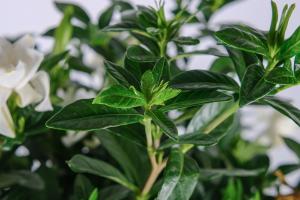Is a Tiny Water Plant a Producer?
When we think of producers in the natural world, we often think of large plants such as trees, bushes, and grasses. But did you know that there are many tiny water plants that act as producers as well?
What Is a Producer?
A producer is an organism that creates its own food using energy from the sun or other sources. This food can then be used by other organisms as a source of energy. Larger plants like trees and grasses are examples of producers on land, while algae and other small plant-like organisms are producers in aquatic environments. These tiny plants are often overlooked, but they play a crucial role in the food chain of many aquatic ecosystems.
What Are Tiny Water Plants?
Tiny water plants are a diverse group of organisms that live in aquatic environments. They can be found in virtually every kind of water habitat, from lakes and rivers to puddles and even inside other organisms. Some of these tiny plants are single-celled, while others form colonies or take on more complex forms. One of the most well-known groups of tiny water plants is algae, which can be found in both freshwater and saltwater environments.
How Do Tiny Water Plants Produce Food?
Tiny water plants, like other producers, use photosynthesis to create their own food. This process involves taking in carbon dioxide and water and using energy from the sun to convert these substances into glucose and oxygen. Many tiny water plants also use other sources of energy, such as chemical reactions, to produce food in environments where sunlight is scarce. This process not only allows these plants to create their own food, but also provides oxygen for other organisms to breathe.
Why Are Tiny Water Plants Important?
Tiny water plants play an important role in many aquatic ecosystems. As producers, they form the base of the food chain in these environments, providing food for larger organisms such as fish and insects. They also help to regulate the chemistry and quality of the water in these environments. Additionally, many tiny water plants are able to grow and reproduce rapidly, which can lead to problems if their populations become too large or they are introduced into a new environment.
The Bottom Line
Although they may be small and often overlooked, tiny water plants play an important role in many aquatic environments. As producers, they provide food and oxygen for other organisms and help to regulate the quality of the water in these ecosystems. By understanding the important role that these tiny plants play, we can better appreciate and protect the delicate balance of life in our waterways.

 how many times do yo...
how many times do yo... how many planted tre...
how many planted tre... how many pine trees ...
how many pine trees ... how many pecan trees...
how many pecan trees... how many plants comp...
how many plants comp... how many plants can ...
how many plants can ... how many plants and ...
how many plants and ... how many pepper plan...
how many pepper plan...
































